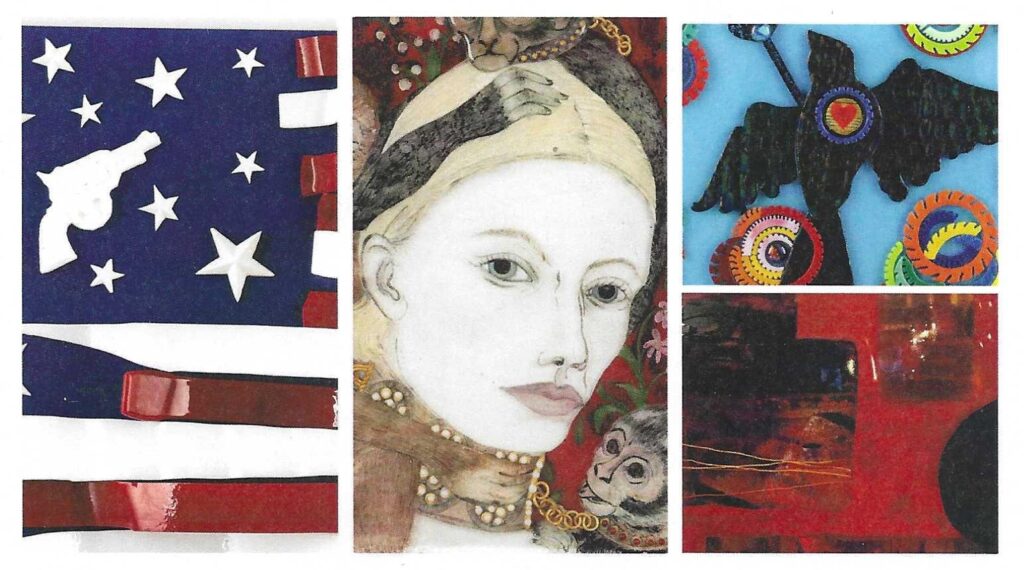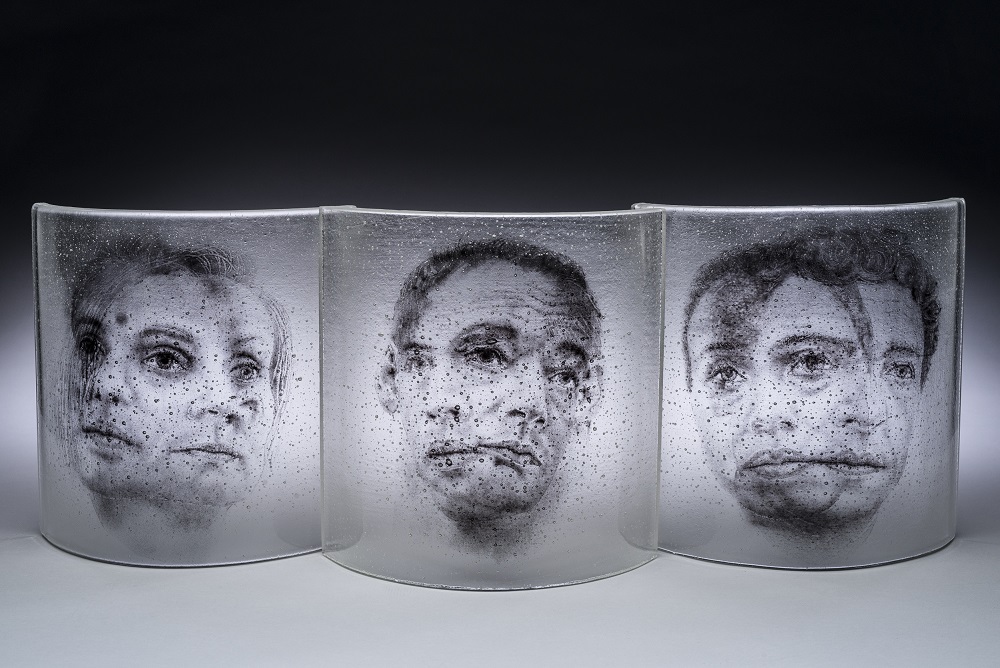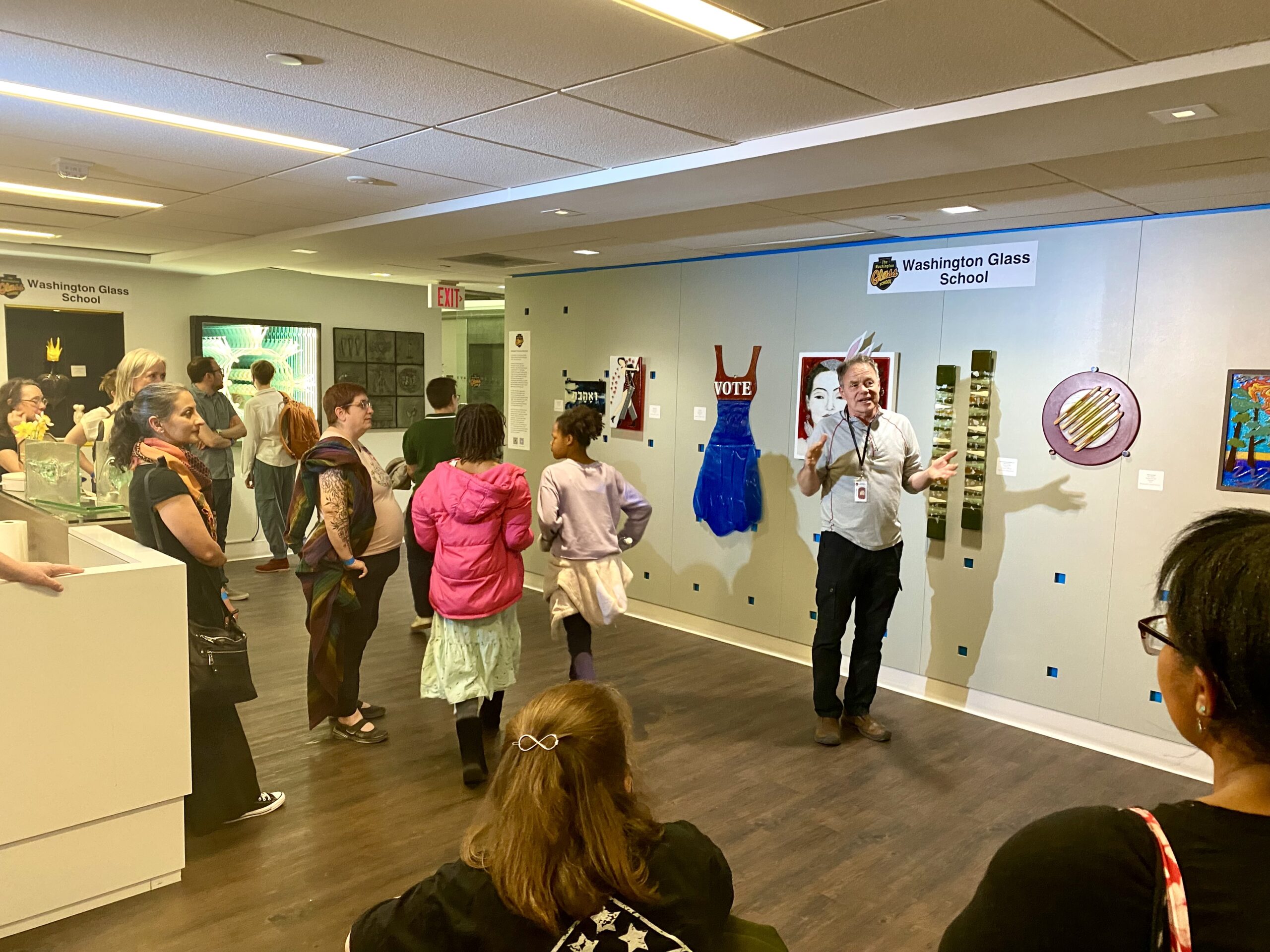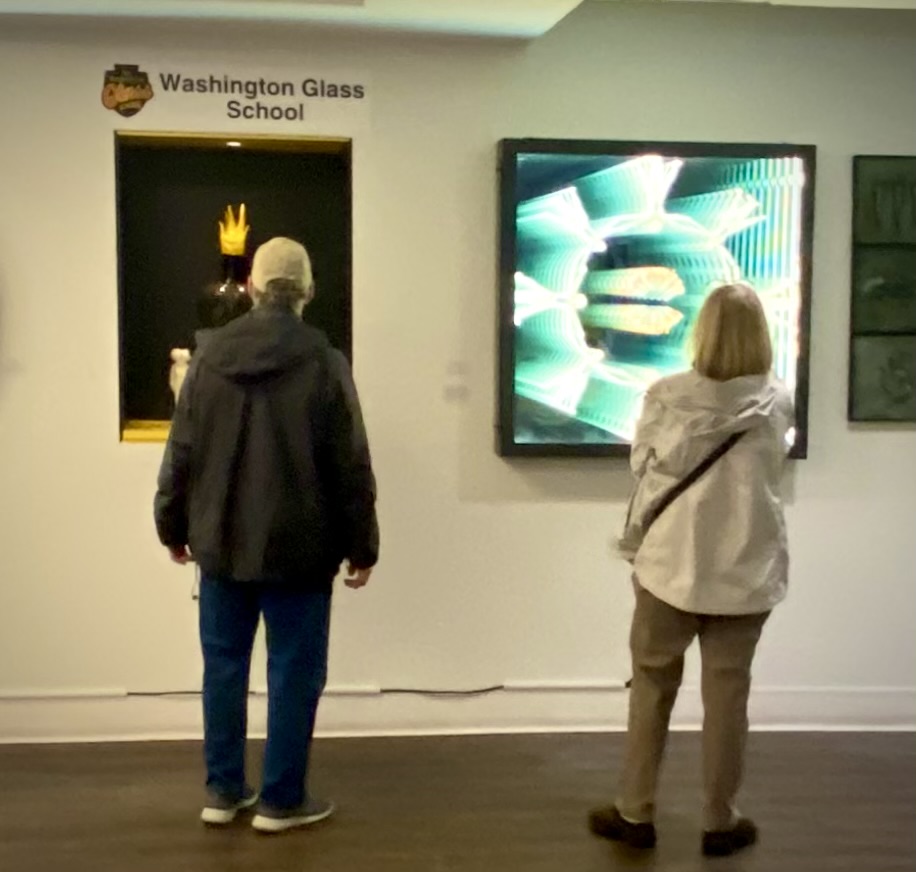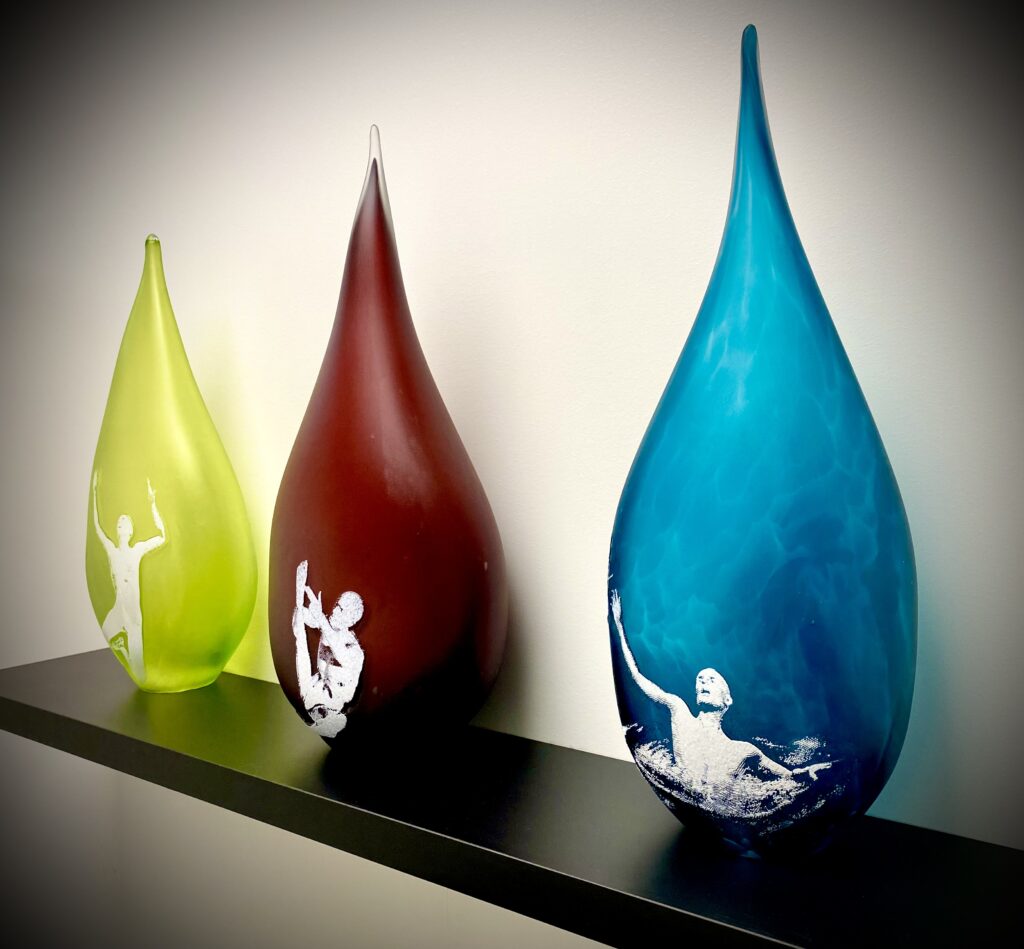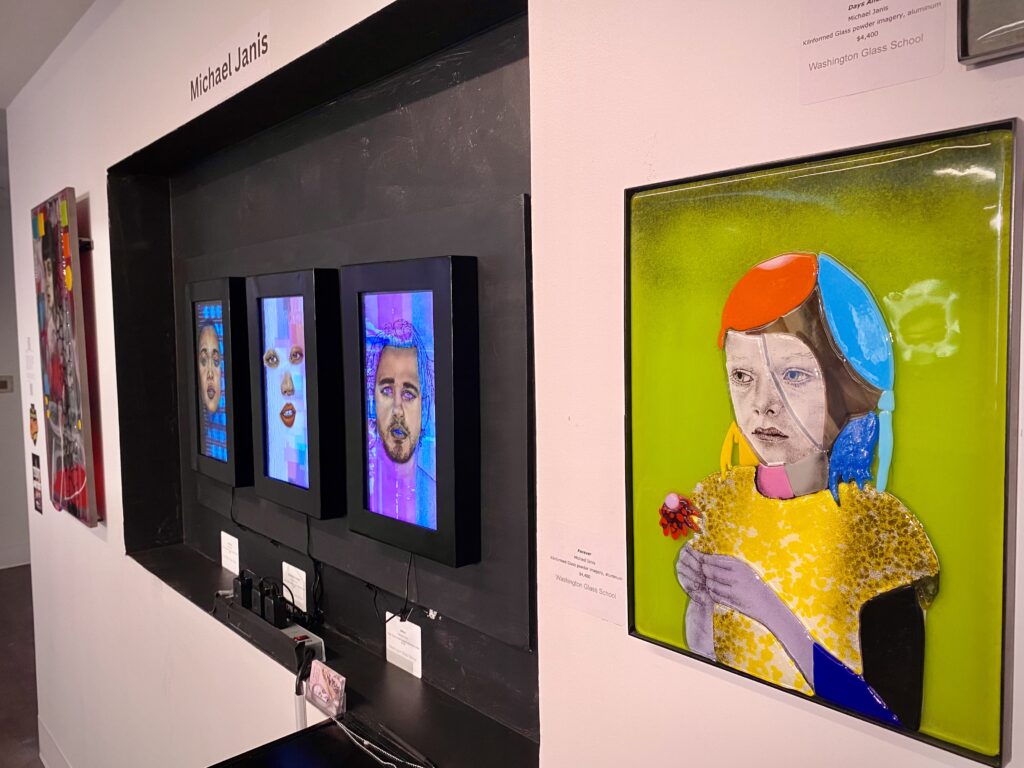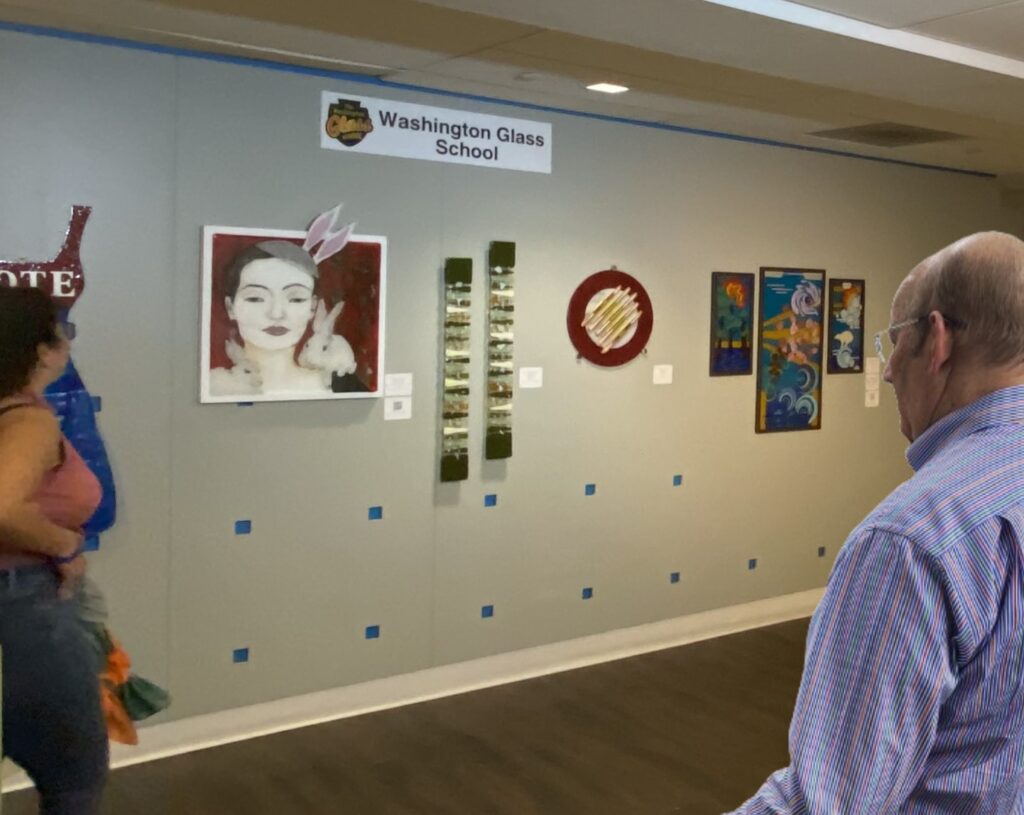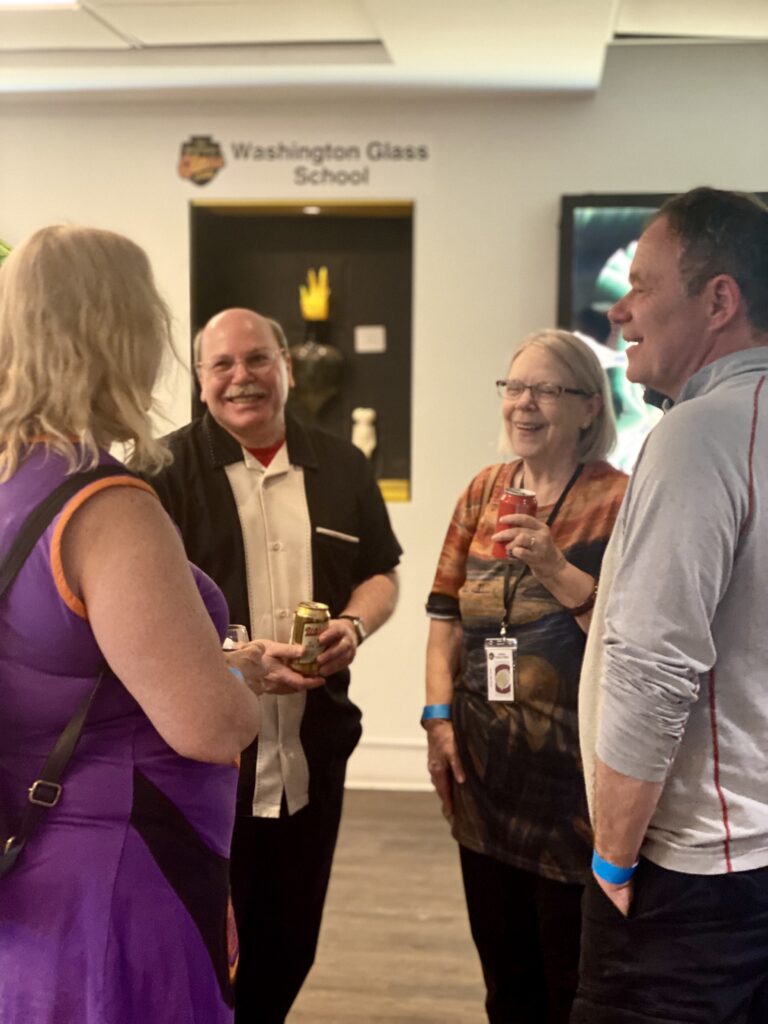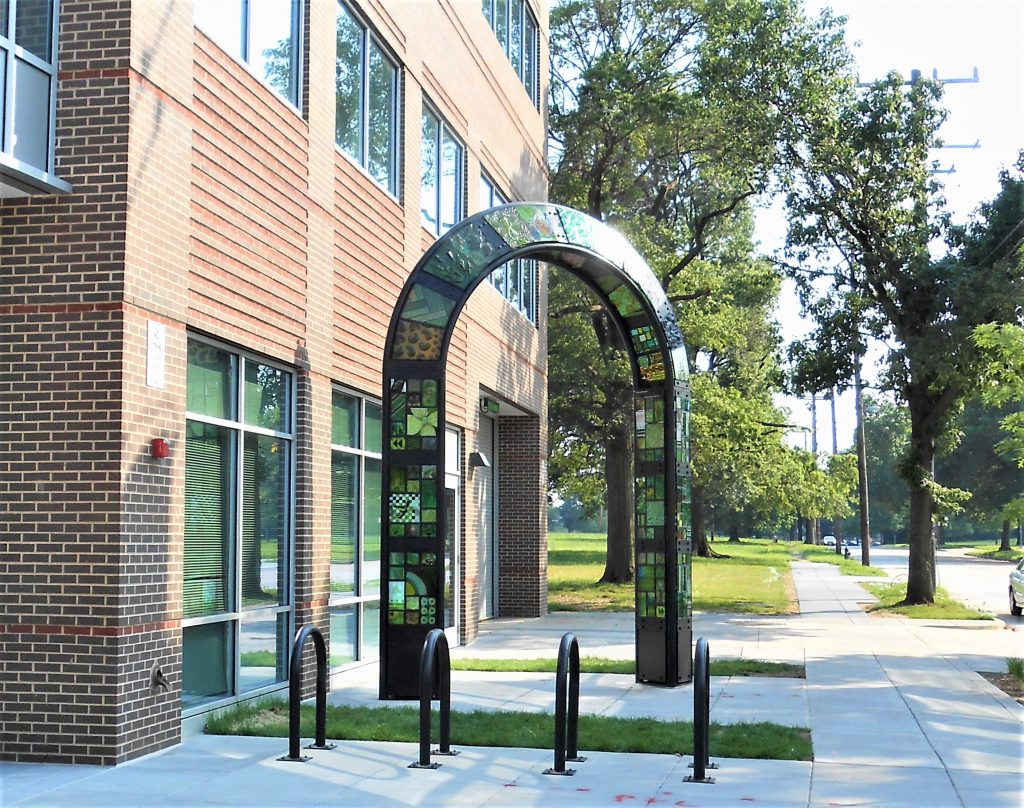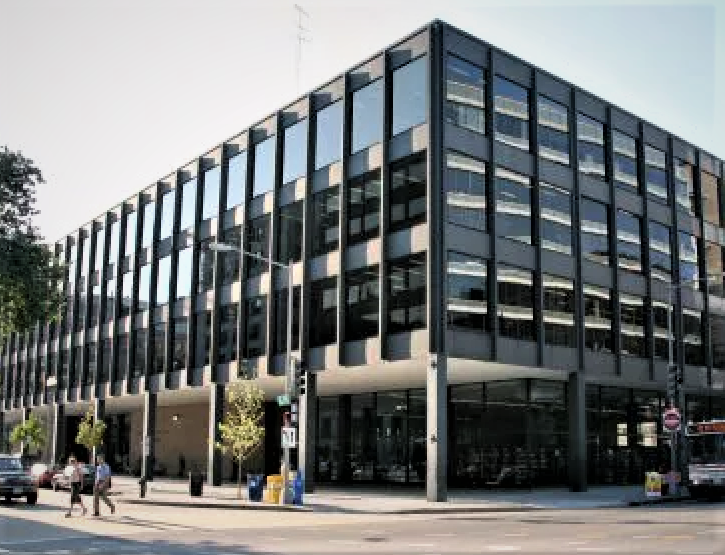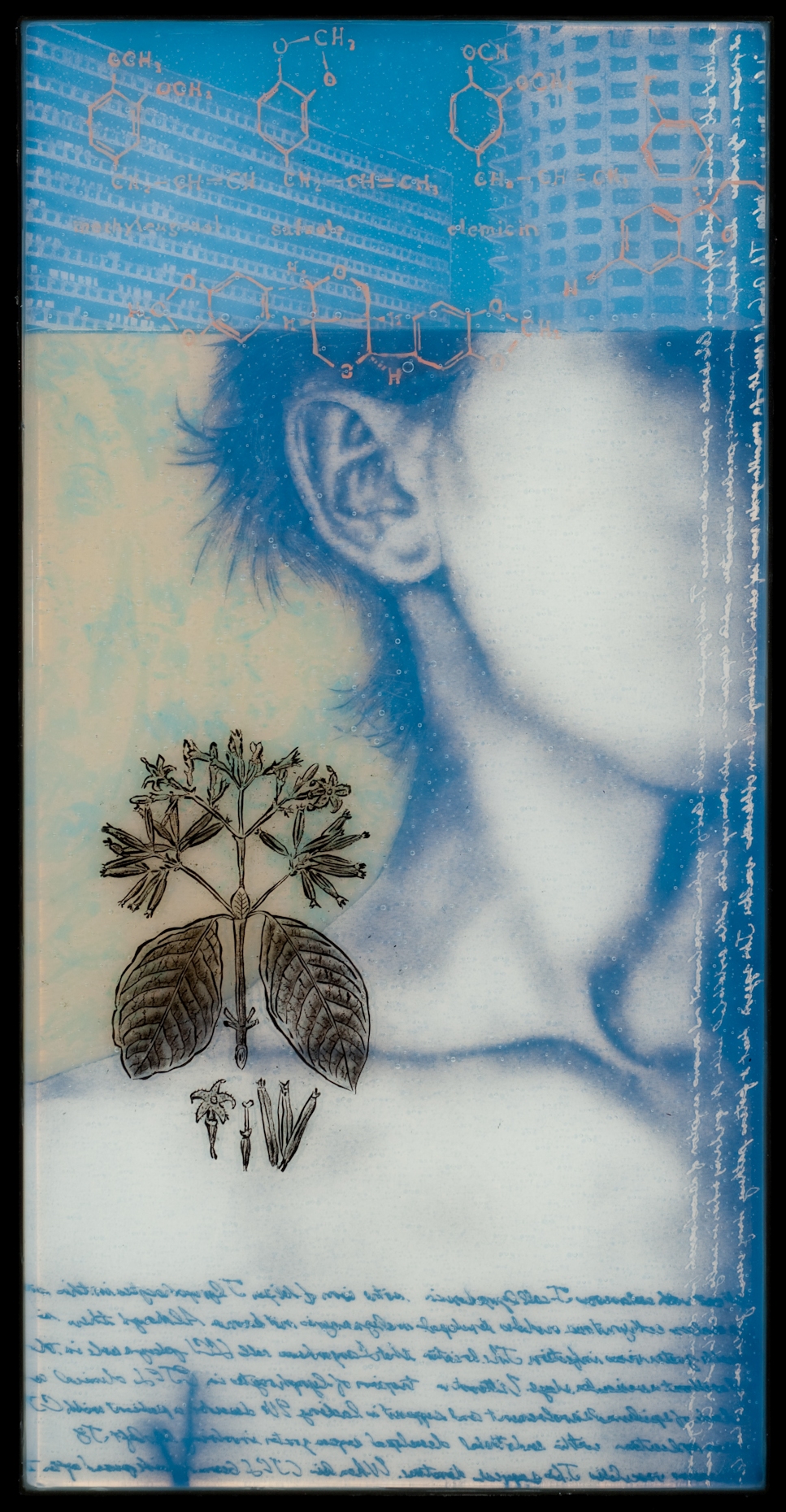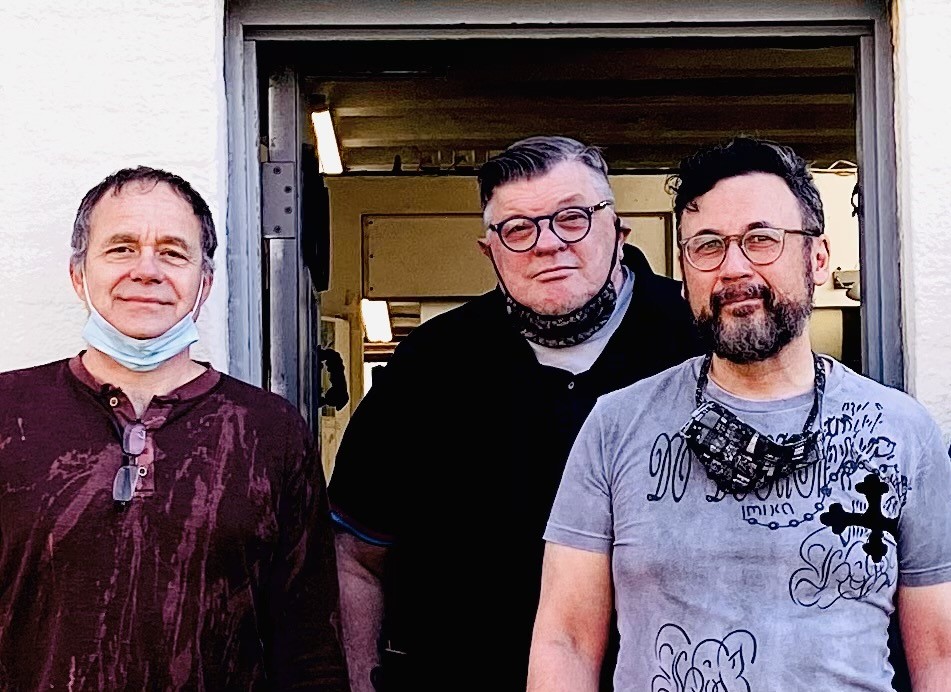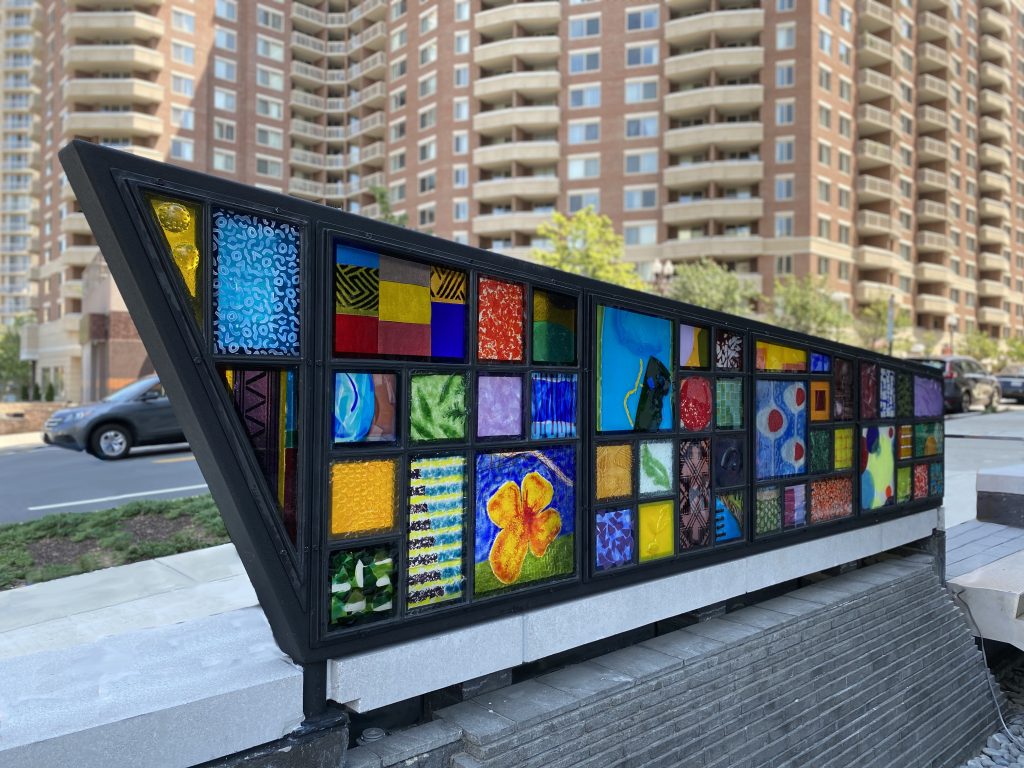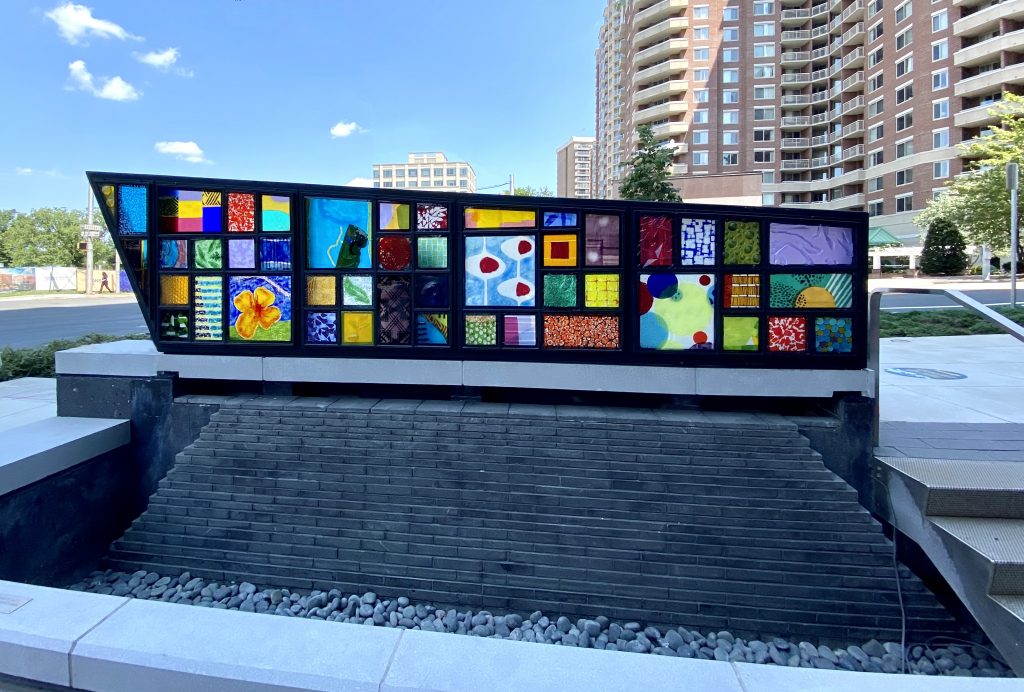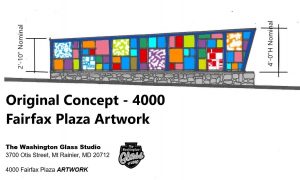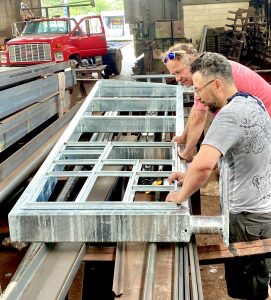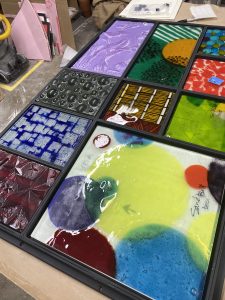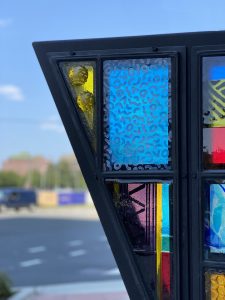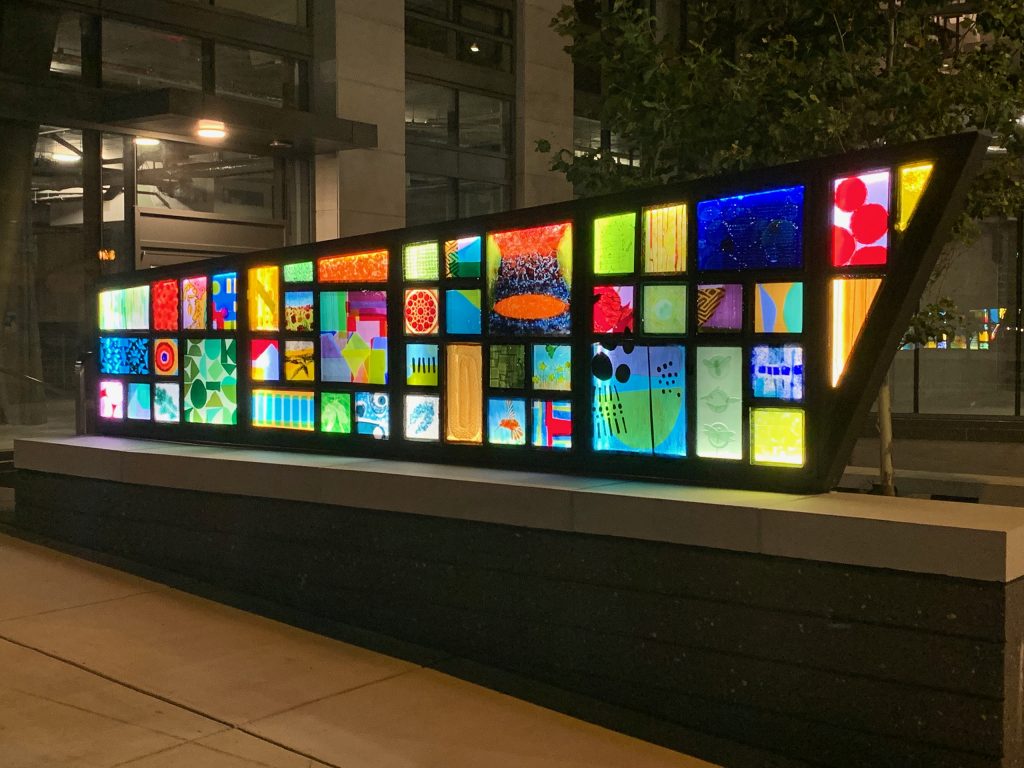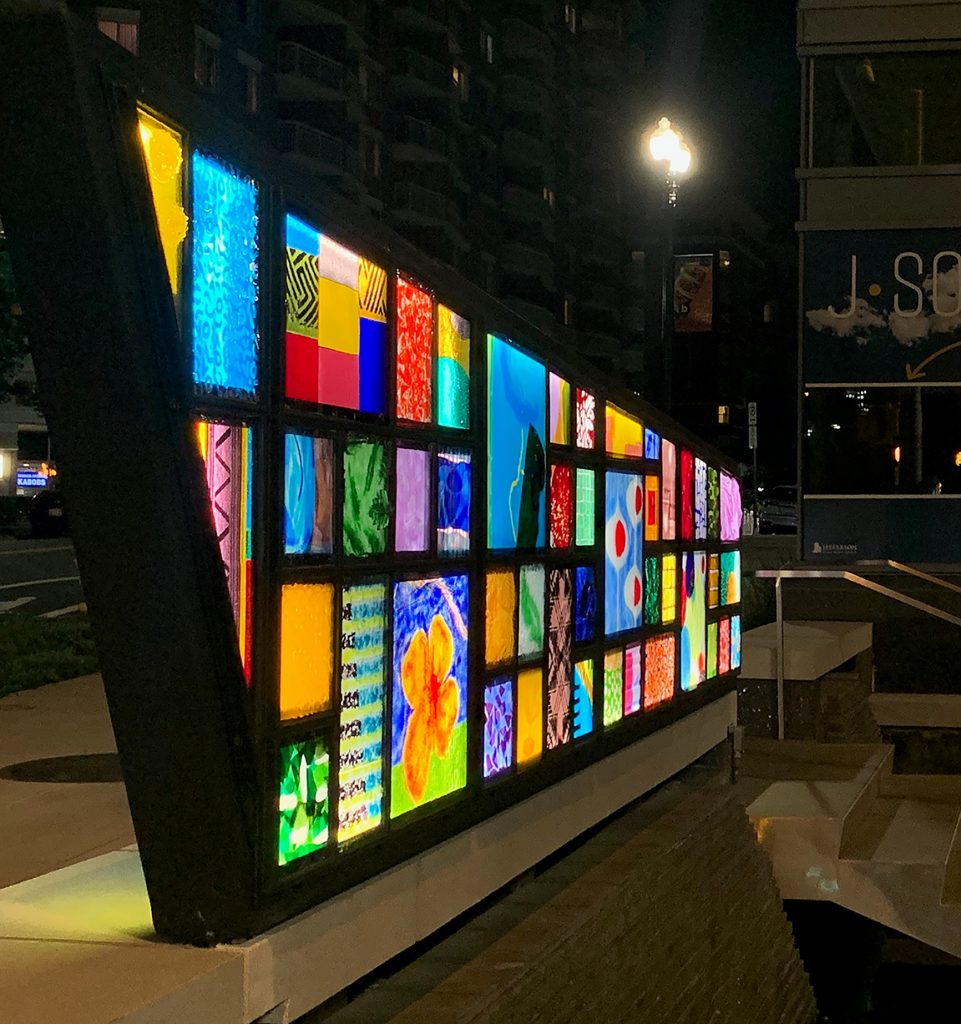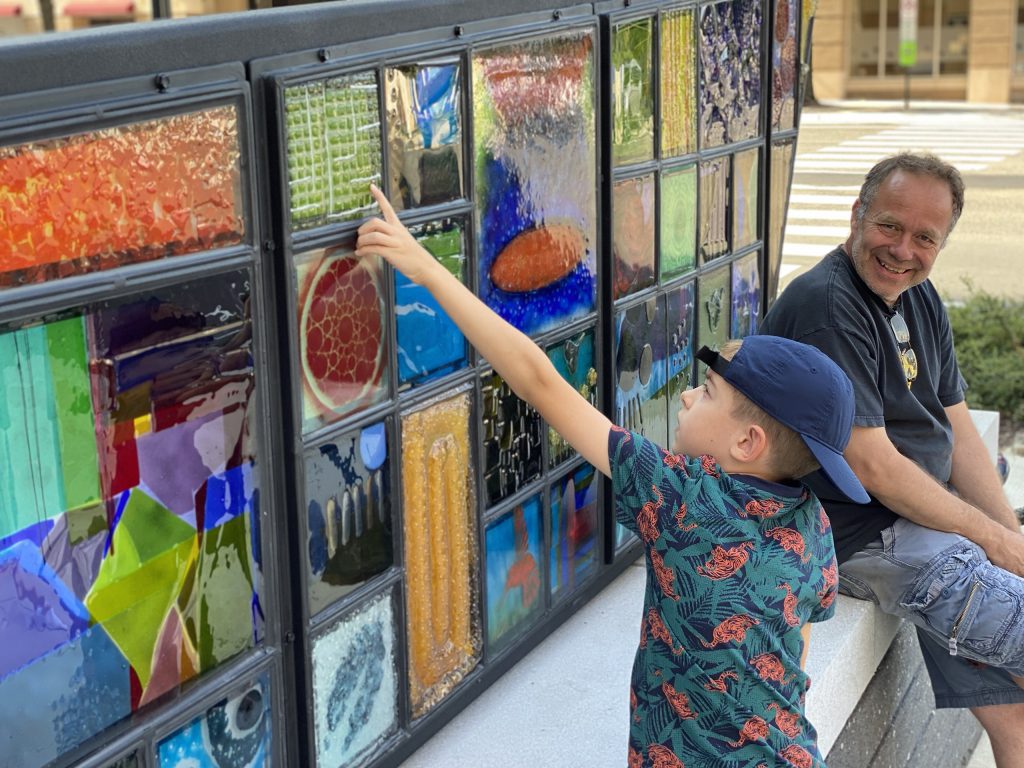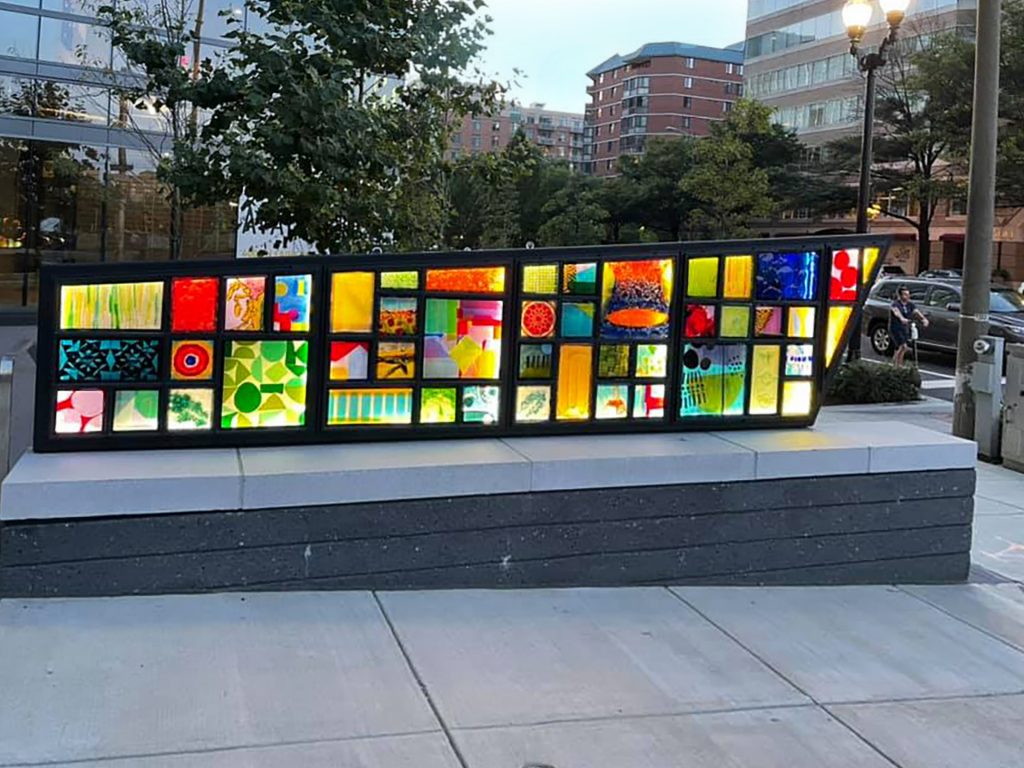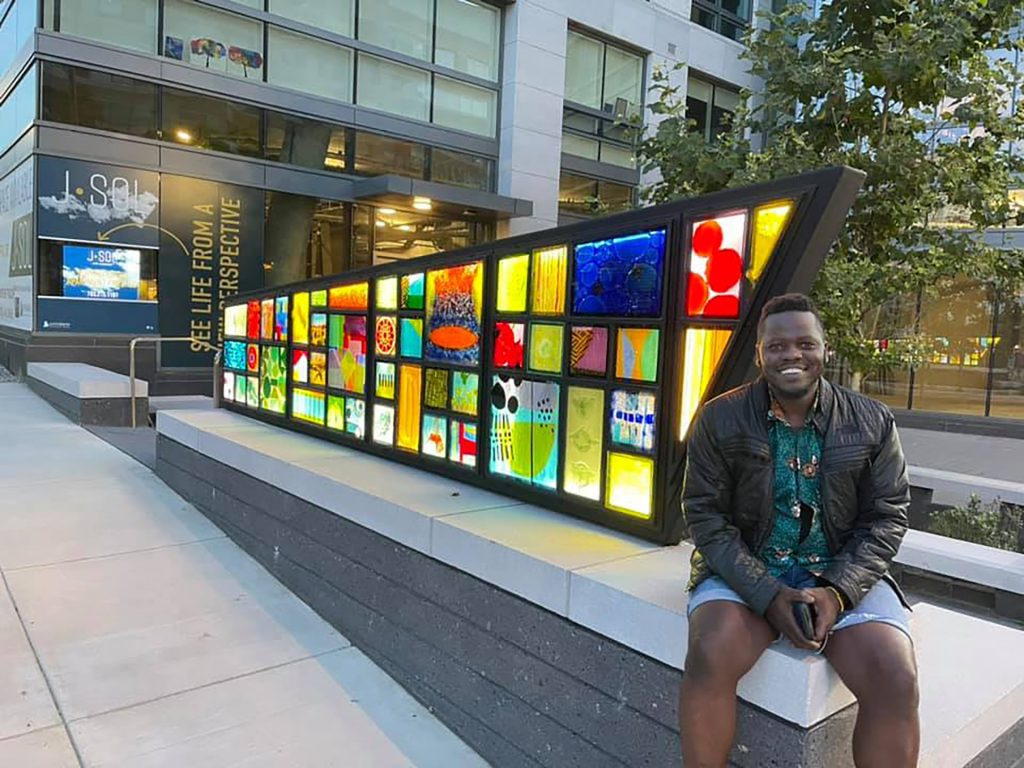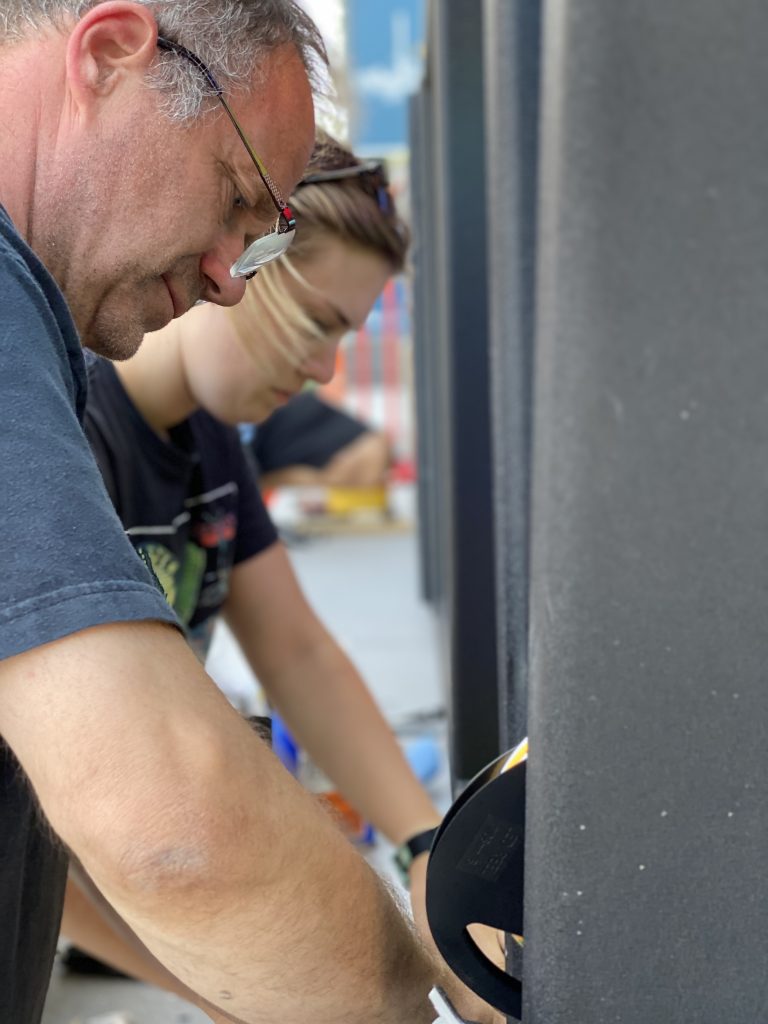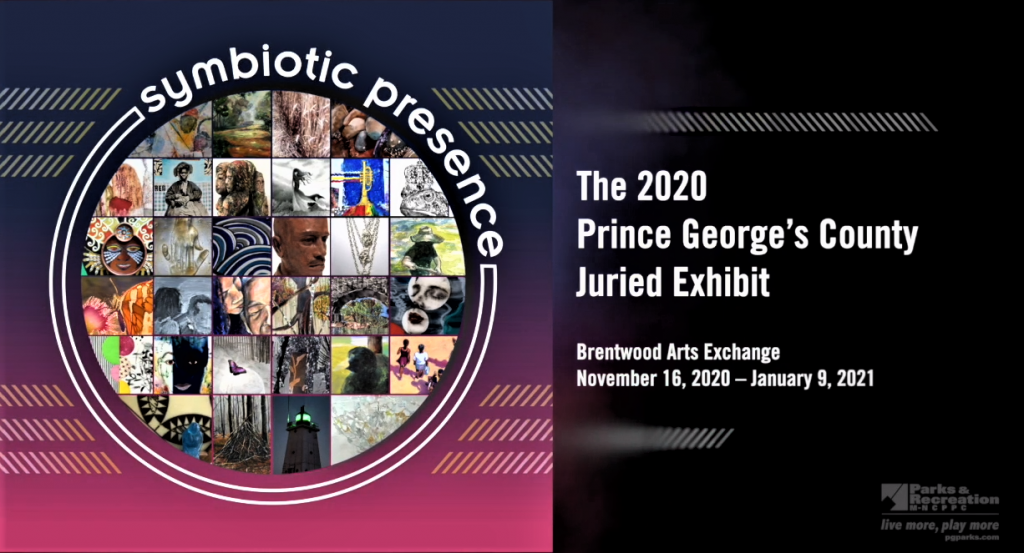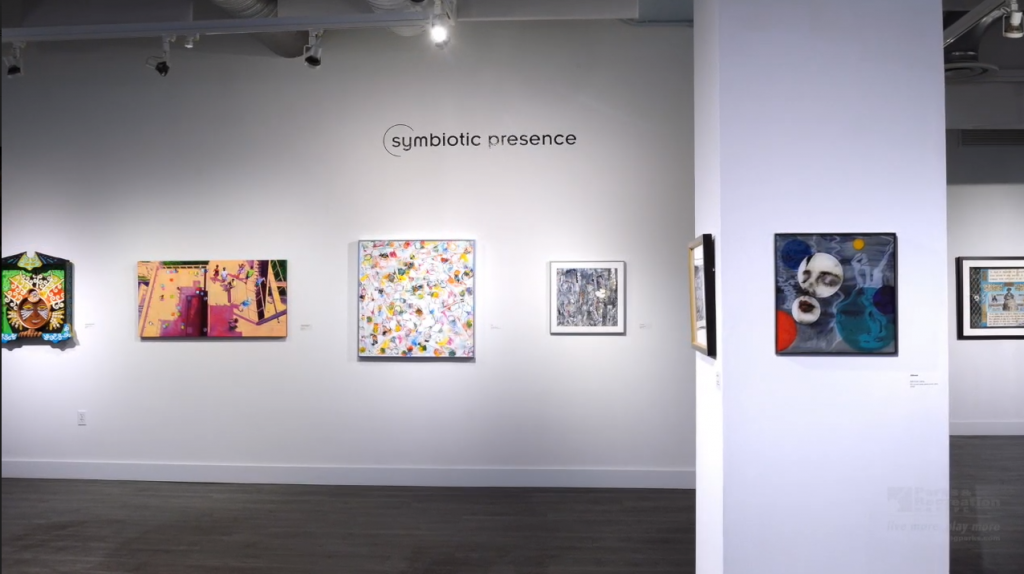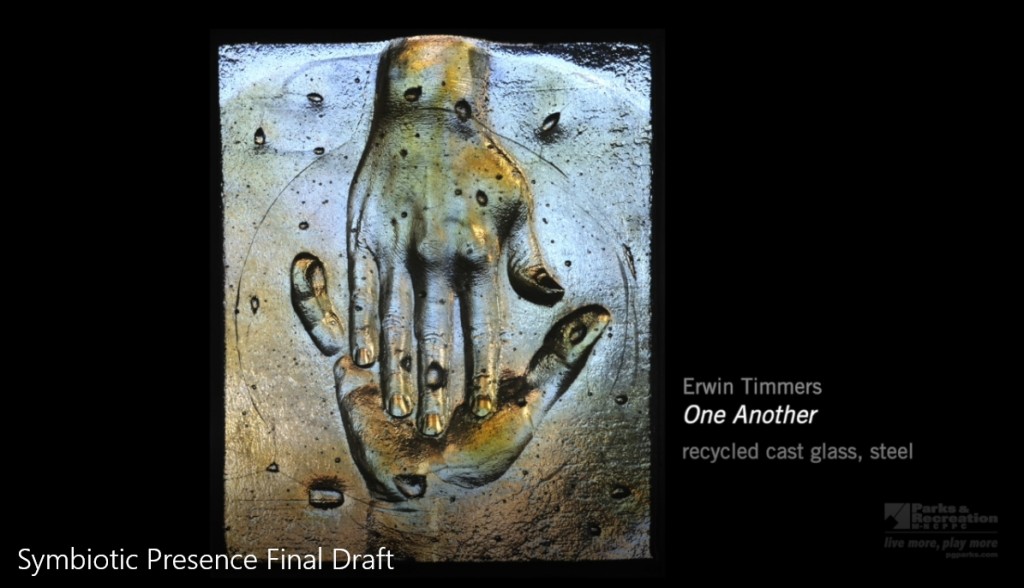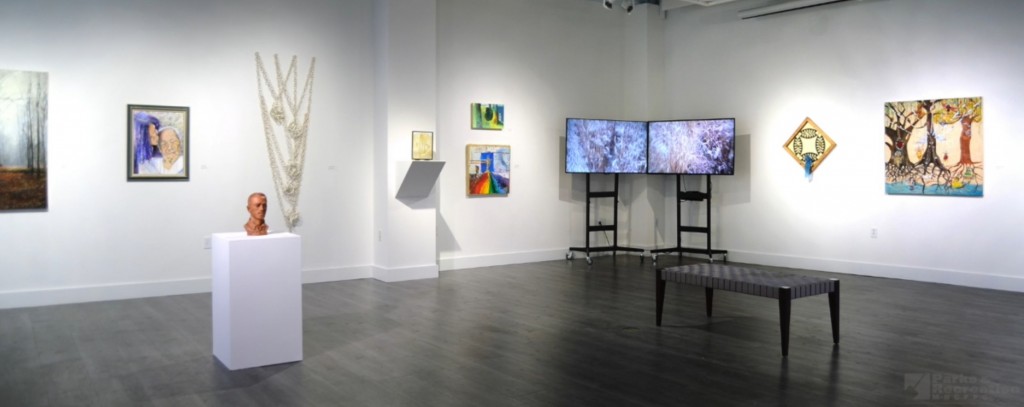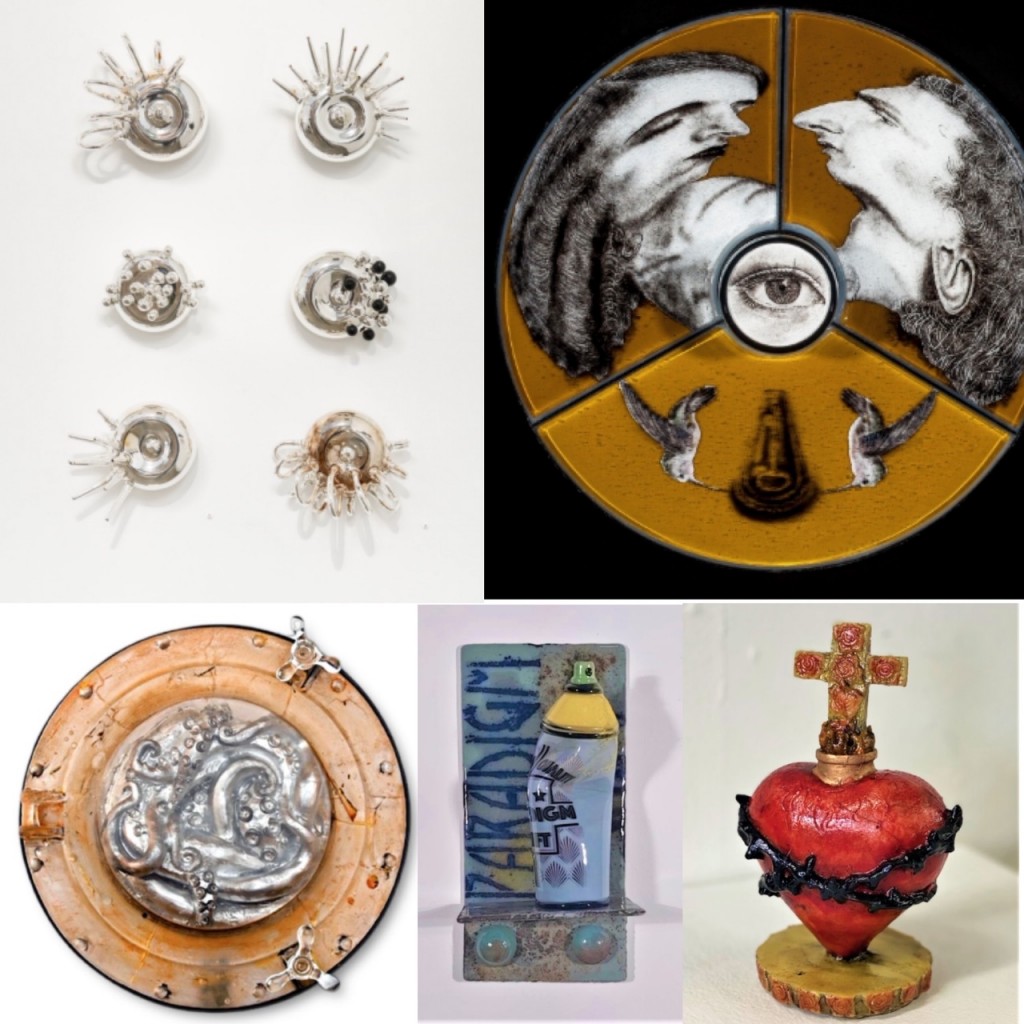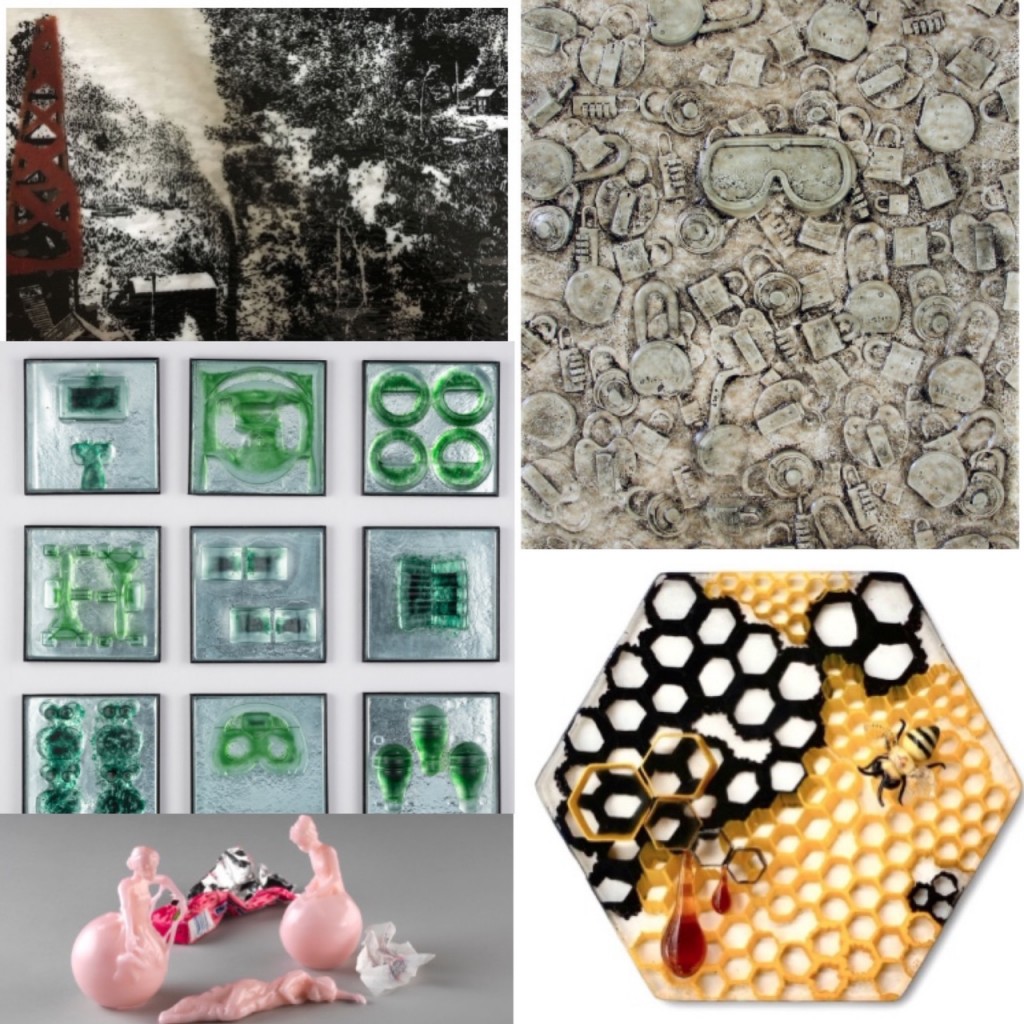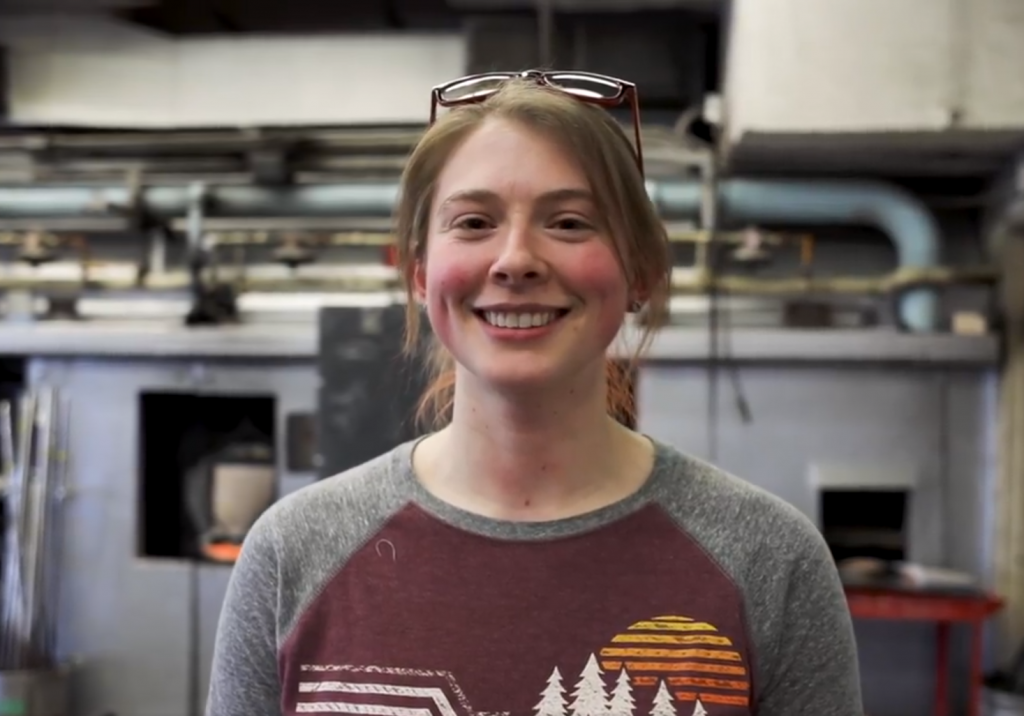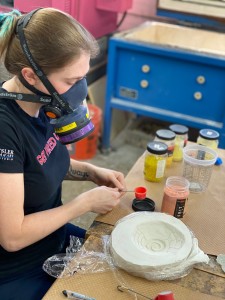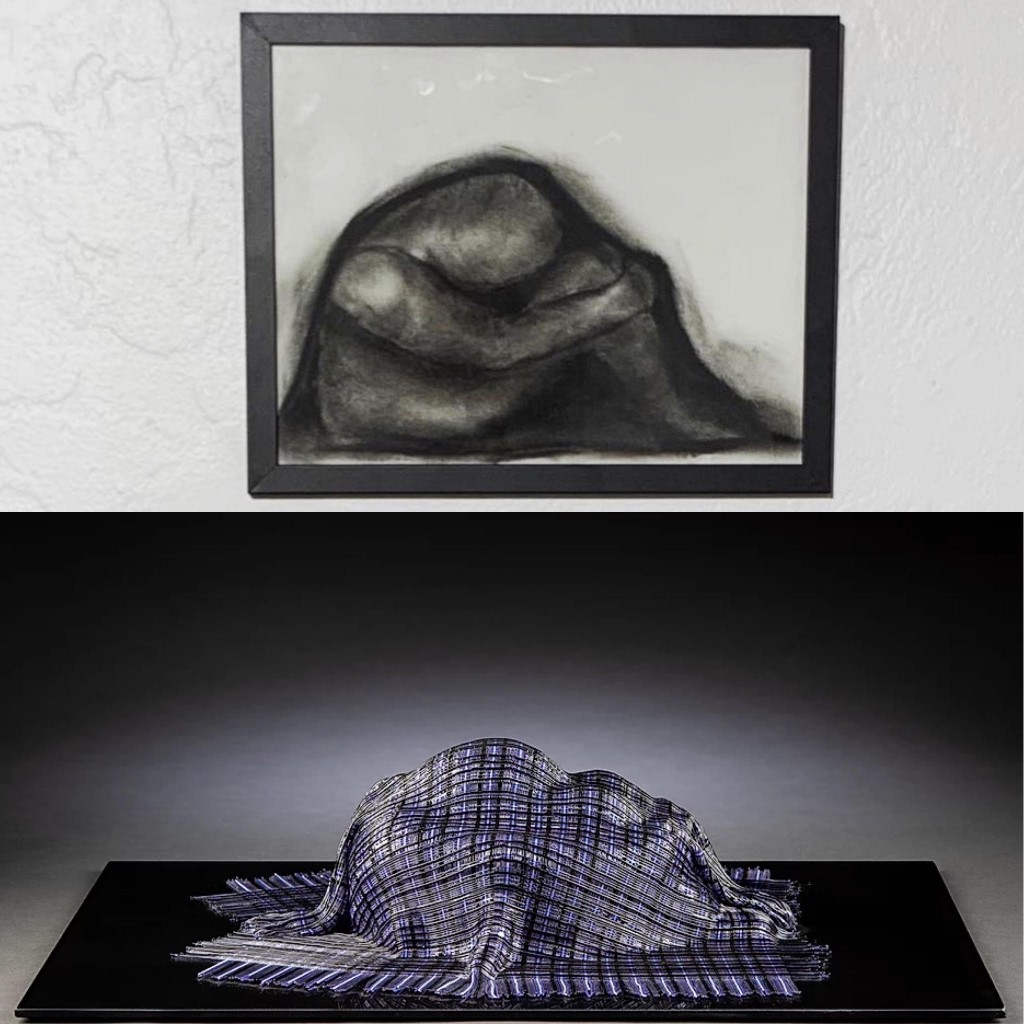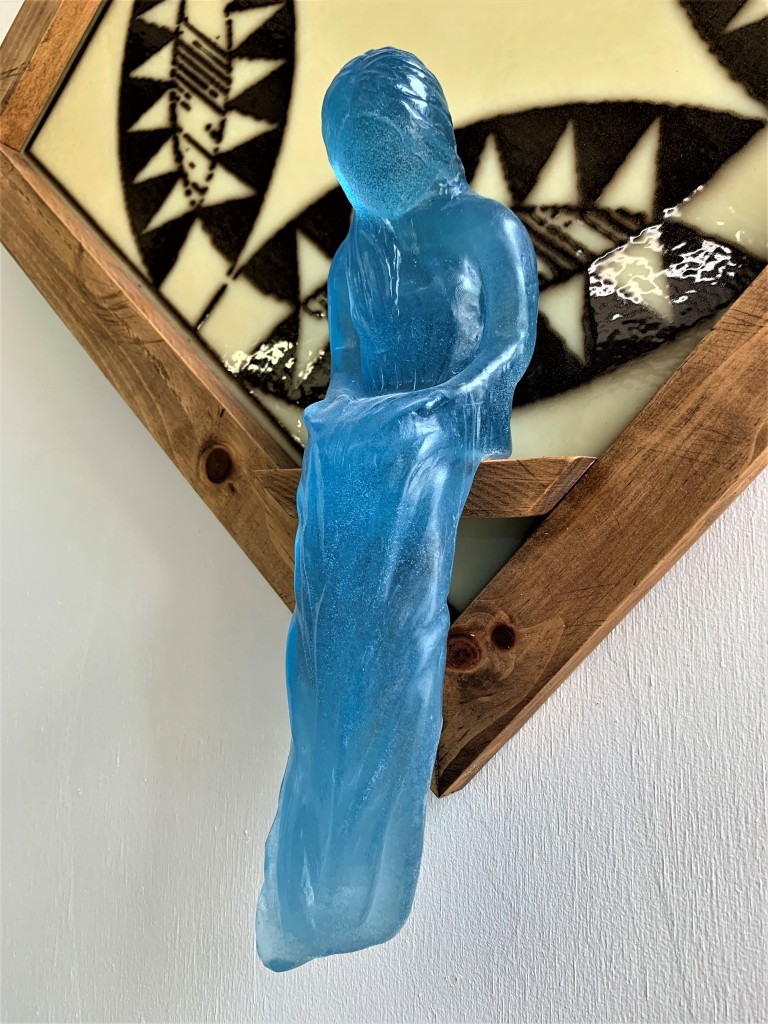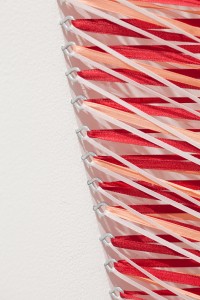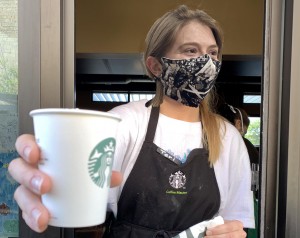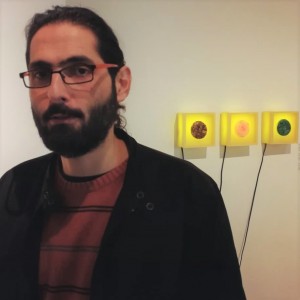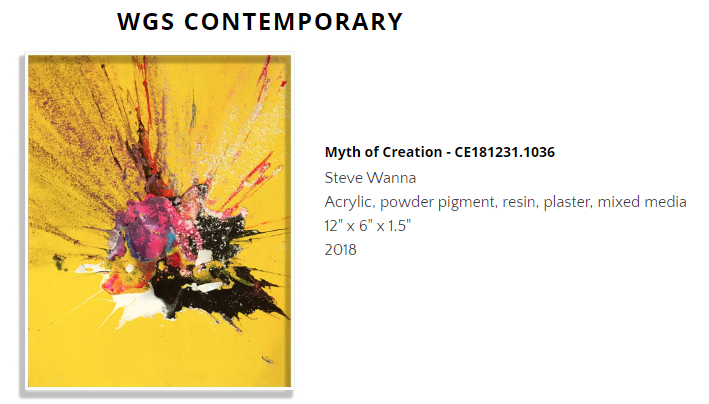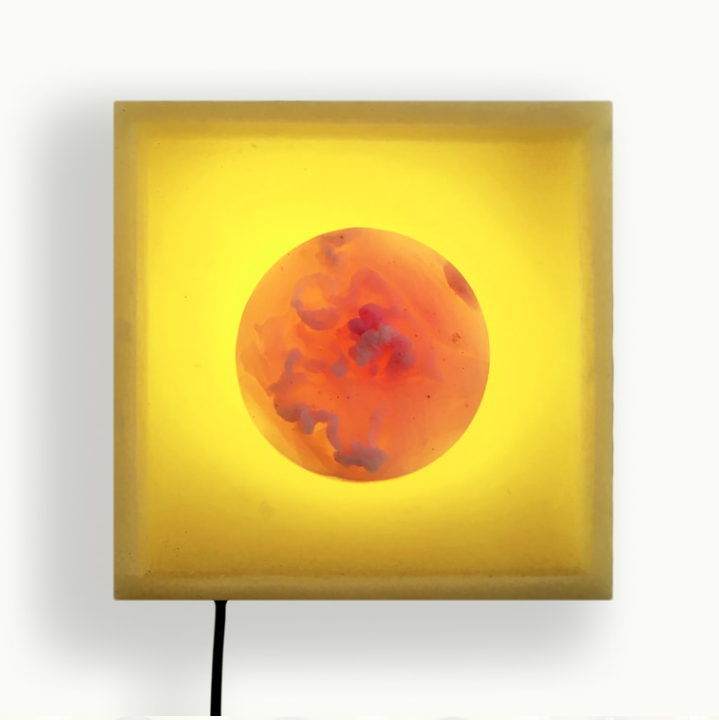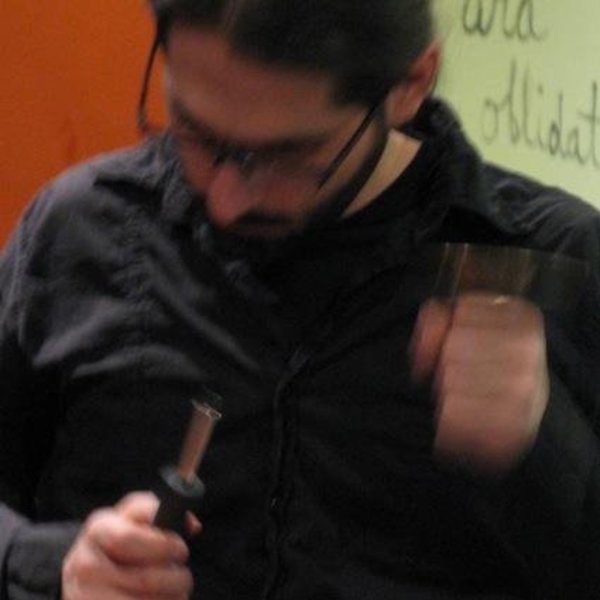Curated by Alison Sigethy and produced by Veronica Szalus, “Eclipse” is an invitational sculpture show opening Jan 16th at the Athenaeum that examines light and shadow, liminal space, and the passage of time.
An exhibition titled “Eclipse” evokes themes of transformation, obscuration, revelation, and the interplay of light and shadow. The works of Washington Glass School artists Tim Tate, Erwin Timmers, and Michael Janis seems to fit so seamlessly into such a thematic framework, each offering a unique interpretation of these ideas through their distinct techniques and narratives.
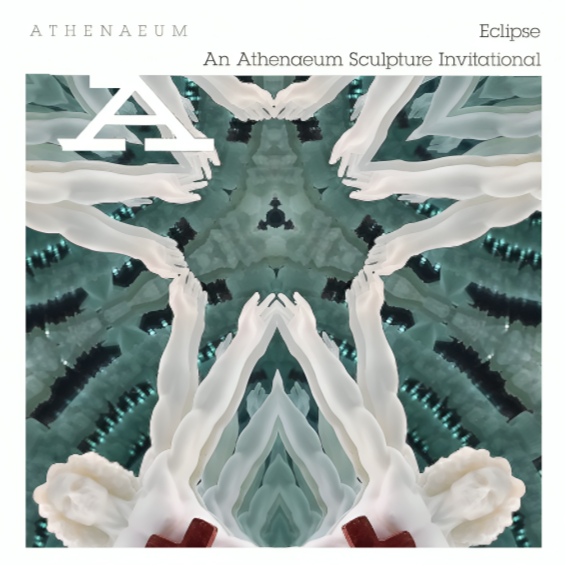
Tim Tate is known for combining traditional glass craft with modern video elements and digital media to create mixed-media sculptures that explore themes of memory, mortality, and the passage of time. His works often embody themes of transformation, obscuration, revelation, and the interplay of light and shadow. In this exhibition, Tate’s work symbolizes the moment of revelation that occurs during an eclipse, where hidden truths or forgotten histories come to light. His lenticular prisms that shift between imageries effectively capture the fleeting moment of an eclipse where light is temporarily blocked yet still visible in other forms.
Said Tate: “In my lenticular series, I aim to capture the nature of memory and perception. By layering multiple images within a single lens, I create a sense of depth and dimensionality that shifts and changes as the viewer moves.”
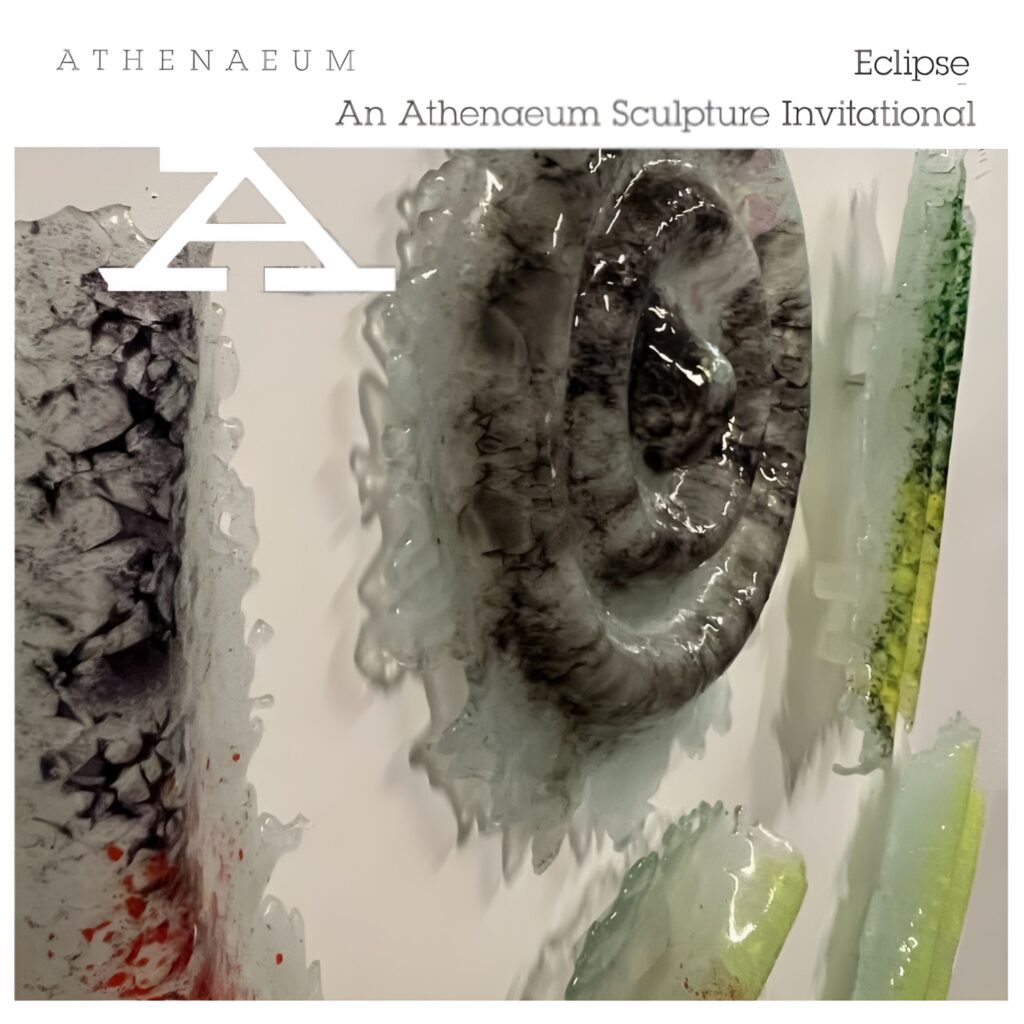
Erwin Timmers is deeply committed to environmental sustainability, and his works crafted from recycled glass introduce a theme of renewal and regeneration within the “Eclipse” exhibition. Timmers uses discarded materials to create beautiful forms, highlighting the potential for transformation in the most unexpected places—much like an eclipse, which temporarily alters perception and understanding. His work often conveys a narrative of reclaiming what is cast aside, fitting well into the exhibition’s overarching theme of cycles of destruction and rebirth. Once destined for landfills, the recycled materials are reborn as testaments to the power of transformation and the importance of reexamining our relationship with the natural world. Timmers’ recycled glass sculptures also play with light, given the translucent nature of glass, adding a dynamic interplay of illumination and shadow.
Said Timmers about his work in the Eclipse series: “I explore the intersection of environmental waste and beauty. By casting discarded materials into sensuous forms, I aim to reveal the beauty hidden within the discarded and the forgotten. As we stand at the edge of ecological crisis, I believe that art can serve as a catalyst for change, inspiring us to reimagine our place within the delicate balance of the ecosystem.”

Michael Janis’ sgraffito glass portraits, which often explore identity, human emotion, and societal themes, align with the “Eclipse” theme by focusing on the layers of human experience and the partial obscuration of self. His technique of layering powdered glass to create complex imagery is akin to the way an eclipse gradually reveals or conceals—shadows and light playing across the surface, revealing deeper meanings. His works evoke the internal eclipses we face—moments where parts of ourselves or our histories are hidden or revealed depending on the perspective or light shed on them. Janis’ portraits also symbolize the personal and psychological aspects of an eclipse, dealing with identity, transformation, and the hidden aspects of the self that come to light.
Said Janis of his frit powder portraits: “Each element of my artwork serves as a kind of representation of the chaotic nature of human existence. By abstracting the realistic figures, I highlight the intricate layers that shape our identities, both internal and external. These divisions symbolize the diverse aspects of our personalities, experiences, and cultural influences that converge within a single being.”
Eclipse
An Athenaeum Sculpture Invitational
Curated by Alison Sigethy
January 16, 2025 – February 23, 2025
Artist Reception: Friday, January 17, 6 – 8 pm
Artist Talk: Sunday, February 23, 2 pm
Participating artists:
Michael Janis
Lori Katz
Mike Price
Carol Prusa
Sarah Hood Salomon
Salih Zeki Sayar
Murat Sener
Michael Enn Sirvet
Tim Tate
Erwin Timmers
Maduka Uduh
The Athenaeum is home to the Northern Virginia Fine Arts Association (NVFAA), an organization dedicated to the maintenance and preservation of the building and the celebration of regional arts.
The Athenaeum Gallery
201 Prince Street, Alexandria, VA 22314
